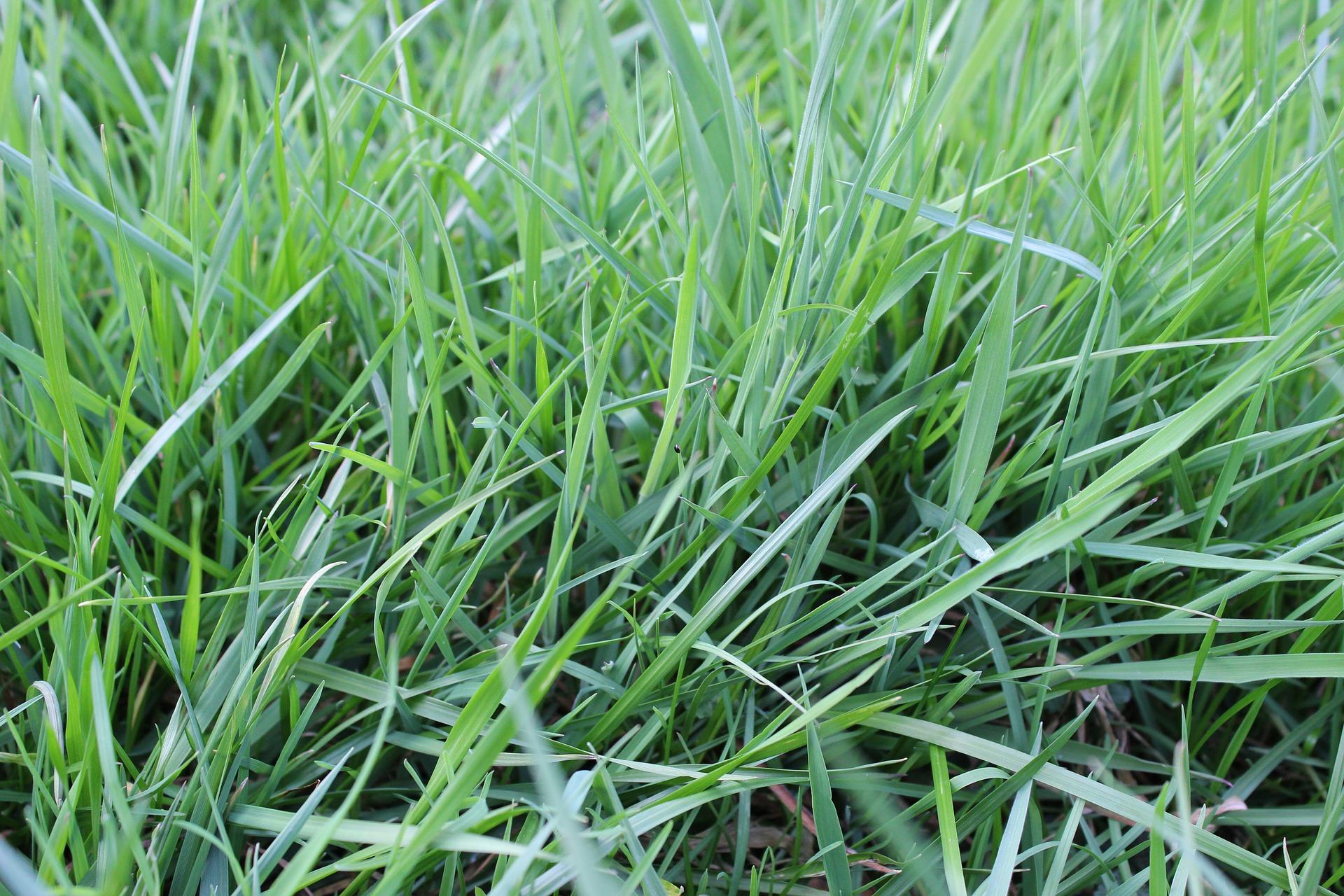Forage Identification
Forages are very diverse and there are many different species of forage crops. Broadly speaking, forages can be categorized based on their optimal growth temperature into the following major groups:
- Cool-season forages thrive in cool, wet climates, with much of their growth occurring during the spring and fall months. These forages are predominantly found in the northern half of the United States.
- Warm-season forages thrive in hotter, drier climates, with much of their growth occurring during the summer months. They are predominantly found in the southern half of the United States.
Within each of those groups, forages can be further classified as a perennial or an annual forage based on their life cycle:
- Perennial forages are long-lived forages that are more permanent and continue to grow back every year. They are usually a little bit slower-growing and take more time to establish.
- Annual forages are shorter-lived forages that grow over the course of a single season and need to be replanted yearly. They are typically faster-growing and quick to establish.
And finally, forages can be broken down into grasses, legumes, and forbs based on their growth characteristics:
- Grasses are the most common type of forage, with roughly 75% of forages being grasses. Grasses are herbaceous forages with long, slender, wrapping leaves. They typically have very fibrous root systems and are more leafy in their appearance. They can be large, like corn, or small, like bluegrass. Of the 10,000+ grass species present worldwide, around 40 are commonly used for forage.
- Legumes make up the second most common plant family used for forage. Legumes are forages with broad, compound leaves that grow in an alternate fashion up the stem of the plant. They typically have taproots, and grow in more of an upright, tree-like fashion. Legumes have the capability to fix atmospheric nitrogen into plant-available nitrogen through a symbiotic relationship with nitrogen-fixing bacteria called rhizobium. Similar to grasses, although there are thousands of legume species in the world less than 40 are commonly used for forage.
- Forbs and are also herbaceous, broadleaf plants. Technically speaking, all legumes are forbs, but not all forbs are legumes. Forbs are deep-rooted and absorb minerals in different proportions than grasses and legumes. Forbs add diversity to pastures and are becoming more popular as a forage source.
